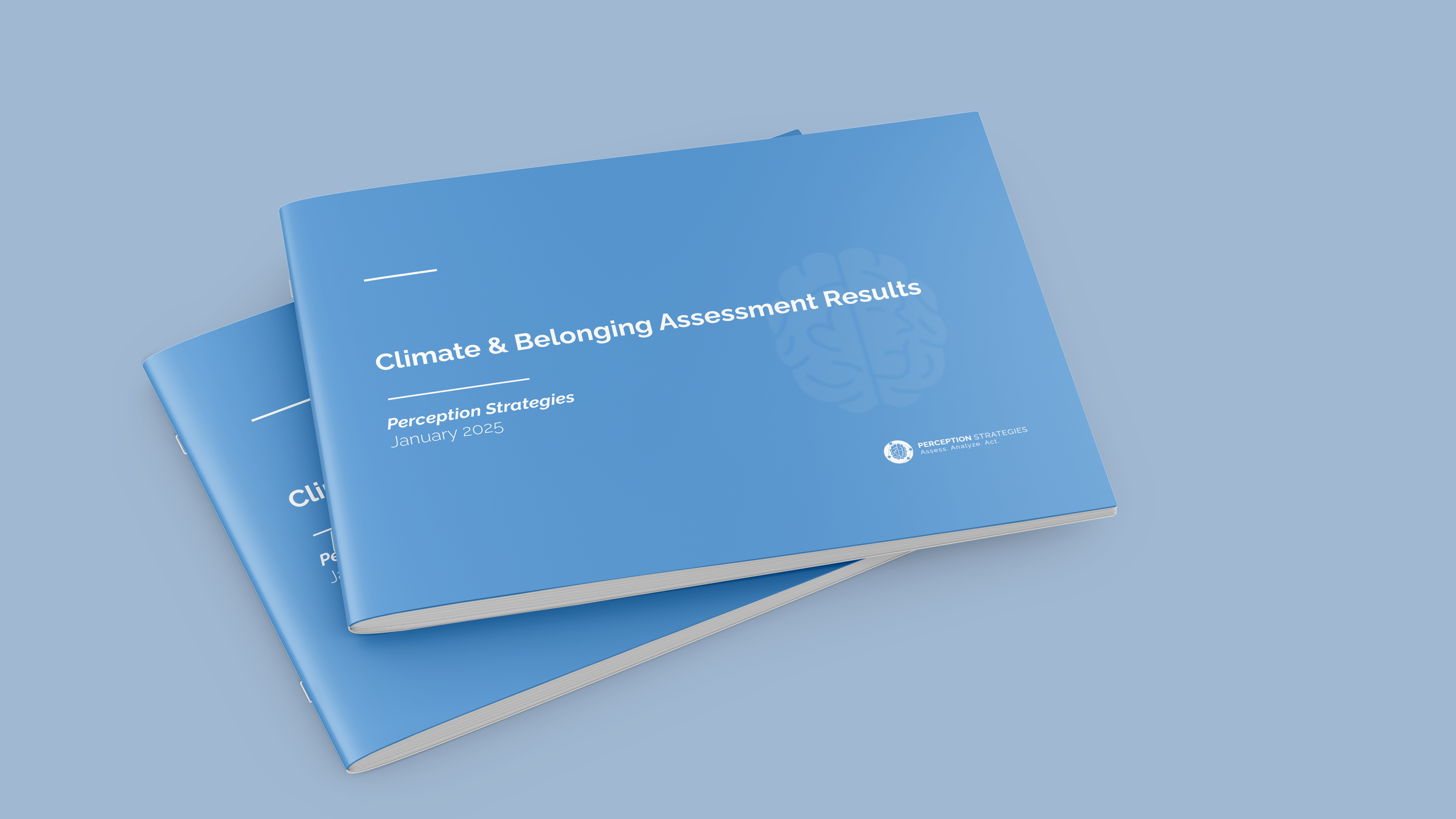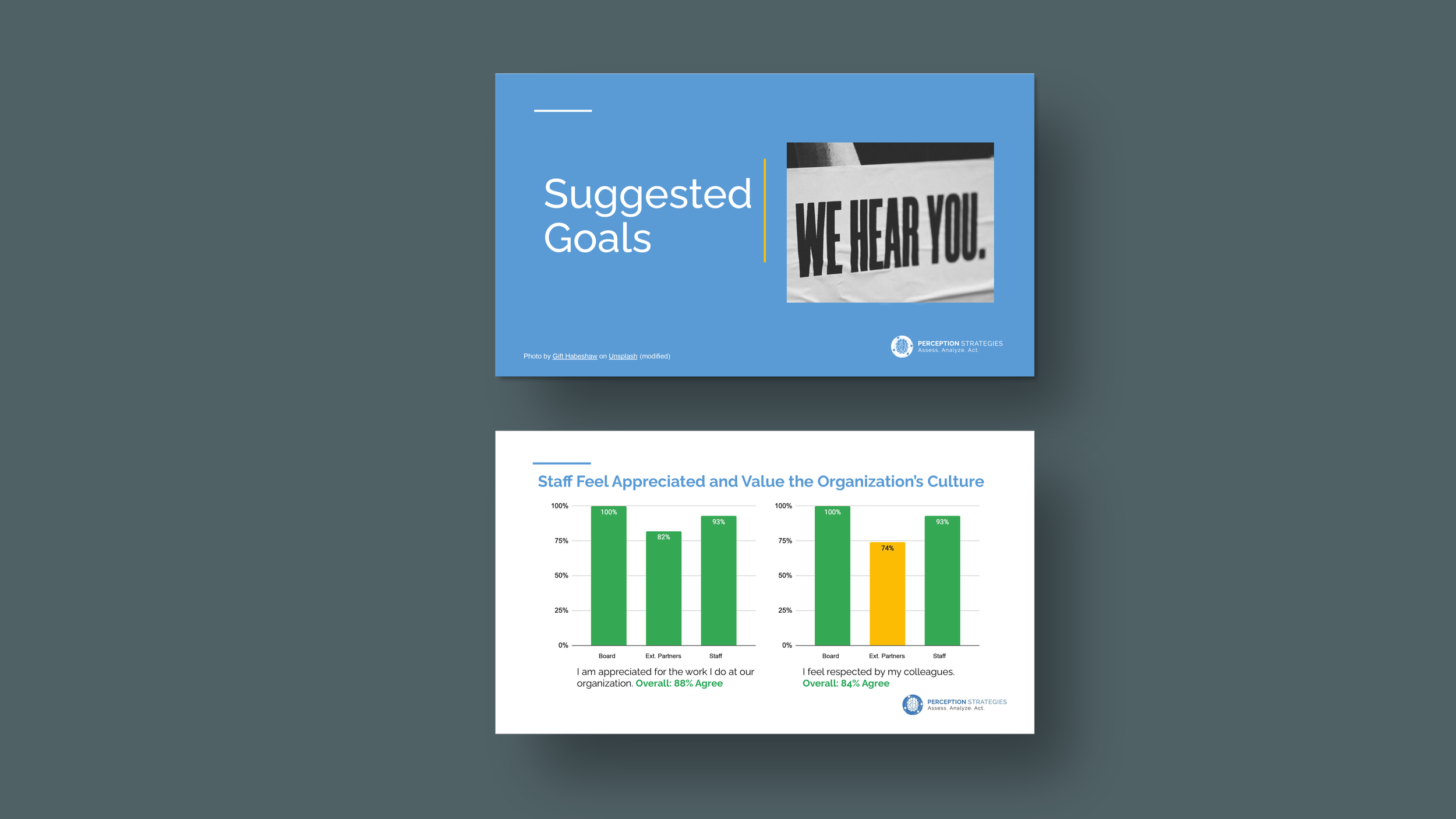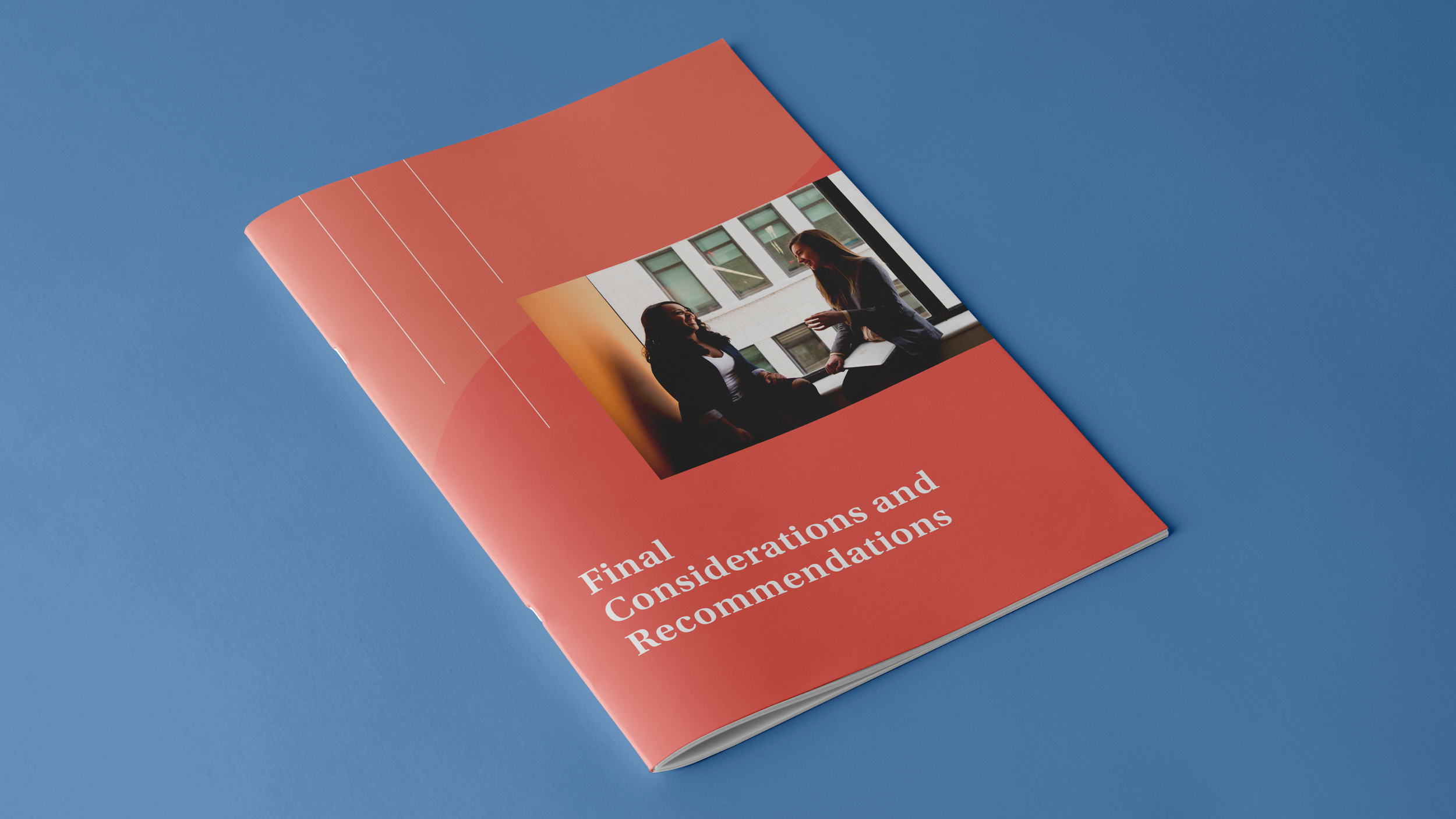
Corporate Case Study
A Global Story: Belonging at Work
The Global Learning and Development Lead from a retail company began our call with a question: is it really possible for people to feel “belonging” at work?
He had recently attended a conference in Berlin and he’d been excited to hear from a colleague at another company that Perception Strategies had led a series on "Leading for Belonging" for managers across the globe. He read from his notes that “The trainings had centered on how leaders could effectively create a place where unique voices are sought out and valued - playing a huge role in retaining talent."
Our call was toward the end of his day in Europe, but we went over the allotted half hour, sharing stories of how enthusiastic leaders became once it became clear that our belonging trainings included practical skills like how to give critical feedback and develop systems for stretch opportunities.
As we began to talk about next steps, the L&D lead’s tone changed.
He shared that he had some worry about suggesting the new belonging work because he was currently dealing with major stress within the company. Their challenge was how to honor their commitment to making sure that management opportunities were available to everyone. For years, they had been talking about the importance of pathways to advancement, but had found that people with disabilities and from underrepresented religious, ethnic, or racial groups were rarely hired as managers.
The L&D lead explained that the three programs they were piloting - different variations for the specific countries - were met with different forms of resistance.
Some claimed that the system was already working well and change was unnecessary. Others suggested that there was a risk that any direct efforts to open up opportunities would create more division. And still others were hinting that the programs didn't do enough to let others in the company know what existing challenges were in the way.
Our response seemed to surprise him.
We explained that the belonging work would address existing challenges, making sure pathways to management were open to all, and reassuring the people who were already thriving that their opportunities would expand as well. To address the immediate stressors, we could begin the belonging work in the three countries that were hosting the pilot programs.
Assessment
Our first step was to gather information about how people were experiencing the workplace dynamics and the pilot programs.
We reviewed their existing data, conducted a climate and belonging survey of over 20,000 staff in the three countries, along with 3,000 managers, and just under 400 people & culture team members. We fleshed out the survey results with focus groups of current staff, and a sampling of interviews.
Strategy
What we learned provided a roadmap for the work.
We shared the results back with the L&D team along with a set of proposed interventions from our experiences with similarly situated companies. The team was not surprised to learn about resentment around the pilot program, but were heartened that the vast majority of people supported the ideals of equal opportunity for all. Our collaboration resulted in two major initiatives. The first was a train the trainer for managers that provided a window into the existing obstacles to opportunity as well as strategies to create an even playing field. The second was a Leading for Belonging cohort training for all the global L&D leads and business partners.
Learning & Development
The first phase was to help managers develop the skills to foster belonging in their teams.
We developed a day-long "train the trainer" curriculum for the people and culture team and a half-day training for them to use with managers. The twin goals of the training were for people to discover - rather than be told - how our social identities can affect how we experience the workplace and simultaneously to experience how our differences can enhance the workplace. In the feedback from the training, participants shared that this was the first time they had a chance to hear directly about what challenges people of different identities navigated in the workplace - from customer bias to not being included in meetings - and what the pilot programs were designed to address. The trainings we offered enhanced the skills of managers to model the inclusive culture they sought to create.
Dialogue & Repair
Now it was time to get people talking to each other and reflecting on their own experiences.
We worked with the L&D team to create a year-long interactive journey that includes workshops, guided self-reflection exercise, and facilitated conversations. The first part of the journey explored how one’s upbringing can impact our values, networks, and vulnerabilities to bias. The second part of the journey instilled practical, everyday workplace leadership skills such as identifying, navigating, and preventing burnout, bridging across differences, and influencing others with care. At the end of the cohort training, one manager shared that when it was first proposed, he'd assumed we would shame and blame everyone. Instead he was enjoying the process and learning so much about his colleagues and, he admitted, himself. All of this would help him be a better manager to everyone.
Today
Perception Strategies’ pilot program has been implemented worldwide.
The company has made significant strides towards realizing their vision of a pathway to management that is accessible to all employees. There is a genuine shared understanding that some face greater barriers and that the company as a whole benefits when everyone can see a future for themselves as part of the organization. Belonging is now integral to the company culture.
Details of the story above have been changed to preserve anonymity.






